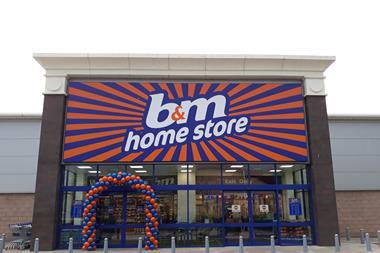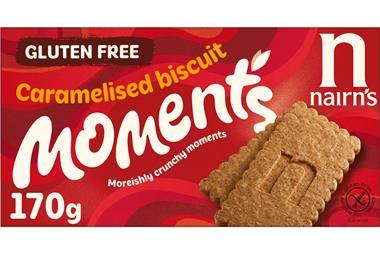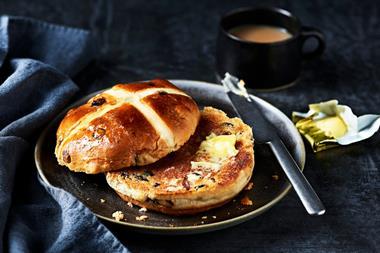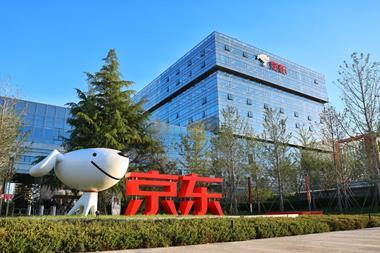In the midst of relentless retail doom and gloom, discounters Aldi and Lidl are having a ball.
The latest Kantar Worldpanel figures [12w/e 7 August 2011] show the Teutonic twosome setting the pace - as they have done all year.
Aldi’s sales are up by 24.4%, Lidl’s by 13.8%. Both are enjoying record market share Aldi with 3.6% and Lidl 2.6%. And the combined 0.8% market share gains are in stark and neat contrast with the 0.8% decline in share for Tesco (-0.3%)and Asda (-0.5%) over the same period.
So how sustainable is this growth? How much can their share grow? And how are the mults fighting back?
In 2008, discounter sales rocketed as the credit crunch forced shoppers to penny-pinch at every turn. The media dubbed the trend ‘The Aldi Effect’ and supermarkets scrambled to rush out their own cut-price ranges. But 12 months later the economy stabilised and discounter sales flatlined. Kantar statistics showed zero growth at Aldi and Lidl. The discount juggernaut ground to a halt.
Fast forward to the present and, amid jitters over a possible double-dip recession, it doesn’t look as though they will decrease in importance any time soon. An IGD survey out last week showed 39% of families planned to switch to Aldi and Lidl in the next year to do more grocery shopping, in reaction to rising supermarket prices.
This underscores Him! research in March, which suggested 98% of existing shoppers were planning to do the same amount of shopping or more at discounters in the next 12 months.
The discounters attribute their recent return to form to a combination of quality and price.
“We have kept our prices low, while particularly focusing on quality and fresh produce,” says Tony Baines, MD of buying at Aldi UK. “We have also grown our range in-store. These factors have driven our growth. We hope it continues.”
A spokeswoman for Lidl adds that it is “especially proud of [its] wide selection of fresh British produce”, and is “thrilled with the positive feedback [as it] constantly works on giving even better value”.
This week, a new report by Manchester Metropolitan University commissioned by Aldi showed customers enjoyed 91% of Aldi’s own-label lines as much as brands such as Heinz and Kellogg’s. It is the latest in a steady stream of taste test awards and surveys that both have promoted.
But it’s not as if Tesco and Asda aren’t focused on price and quality. The discounters have simply raised their game again, says Kantar director Ed Garner. “This is not a re-run of 2008, with a lot of talk about ‘recession chic’ and people discovering Aldi for the first time,” he says. “Discounters are doing better because existing shoppers are buying slightly more items and slightly fewer at supermarkets.”
Garner adds that “Walmart will be peering over its shoulder and Tesco will not want to drop below market share of 30%. We will see a response from them.”
In fact, we already have. Last week Tesco slashed the price of its semi and whole milk to a base price of £1 identical to Aldi, Iceland and Lidl (‘Tesco chops milk price to counter discounters’, The Grocer, 27 August, p28).
“Milk has been used as a tool for the past 18 months now,” says Shore Capital analyst Darren Shirley. “There are always deals going on, but maybe that £1 for Creamfields semi-skimmed takes it up a notch.”
Whether low milk prices can have a halo effect for Tesco as they have for the discounters is not clear. But experts caution against a return to the tactics of 2008.
“Tesco has to be careful not to take the range too downmarket as it did with its ‘Britain’s biggest discounter’ campaign,” says Shirley.
“The constraints that shackled the discounters before remain. Their range is pretty small. When price ceases to be the only factor for consumers, the big challenge will be for discounters to retain them.”
Sign in to comment on this article
Not logged in before? Register for FREE guest access today.
You will be able to:
- Read more stories
- Receive daily newsletters
- Comment on stories
Advert



















No comments yet